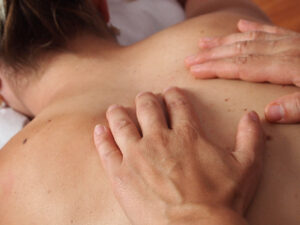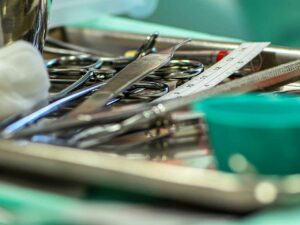
Cleaning in physiotherapy centres protects the most vulnerable
The physiotherapy patient, especially if vulnerable, has the right to feel safe in a healthy and protected environment.
Hospitals are facilities where cleaning and sanitising should be done with appropriate equipment, so as to decrease the likelihood of spreading microorganisms and improve the work quality of nurses and doctors.
Cleaning procedures are actions aimed at reducing surface contamination, it is in dust that pollutants accumulate. Poisons that we come into contact with while living indoors.
In these sensitive environments it is essential to remove dust from environments where pathogens and pollutants harmful to health lurk. Removal should be carried out without moving the dust. These cleaning operations should be carried out daily to ensure a healthy environment.
The central vacuum system is able to meet the requirements imposed by legislation to ensure better air quality and protect the safety of patients and staff in the indoor environment. A protection given by the unique features of the centralised system, designed and customised according to the specific characteristics of the structure in which it is to be integrated.
The central vacuum system eliminates micro-dust thanks to an external vent, which guarantees healthy and clean air in indoor spaces.
Traditional vacuum cleaners, whether portable (e.g. electric brooms) or wheeled, even industrial ones, by their very nature have the limitation of releasing in the air micro-dust and other particles not retained by the filter, which remain suspended for several minutes in the environment being cleaned. This phenomenon is harmful for those who suffer from respiratory diseases, with the consequent accentuation of symptoms.
For this reason the relevant national and local regulations in force require that the removal of dust from any surface takes place without it being lifted, in the following cases:
Traditional vacuum cleaners, whether portable (e.g. electric brooms) or wheeled, even industrial ones, by their very nature have the limitation of releasing in the air micro-dust and other particles not retained by the filter, which remain suspended for several minutes in the environment being cleaned. This phenomenon is harmful for those who suffer from respiratory diseases, with the consequent accentuation of symptoms.
For this reason the relevant national and local regulations in force require that the removal of dust from any surface takes place without it being lifted, in the following cases:
Therefore, a traditional, portable hoover cannot be used, whereas a centralised system, which discharges outside the premises when vacuuming, can be used without any problems.
In these sensitive environments, the cleaning and removal of dust must be done with suitable equipment, as the likelihood of contracting diseases caused by viruses or bacteria that use dust as a vehicle of contagion.
If we stop to think about today's hospital cleaning, we can see that there is a fundamental aspect missing before moving on to the sanitisation and disinfection phases with water and disinfectant detergents.
It is necessary to remove dust from surfaces before treating them, but in this environment it is necessary not to move or disperse it during cleaning. This is where the fundamental role of the right dust extraction and removal equipment from surfaces comes into play, allowing all micro-dust that is harmful to health to be removed and expelled to the outside.
This is the only way to prepare the environment to be sanitised and remain healthy and comfortable for all healthcare staff and their patients.

The practicality of the system makes it possible to clean sensitive spots such as bedheads.

The vacuum unit is located in a dedicated technical room. During cleaning, bedridden patients are not disturbed.

Furniture, bedding and mattresses benefit from deep cleaning without mites and allergens.

In these sensitive environments, the cleaning and removal of dust must be done with suitable equipment, as the likelihood of contracting diseases caused by viruses or bacteria that use dust as a vehicle of contagion.
If we stop to think about today's hospital cleaning, we can see that there is a fundamental aspect missing before moving on to the sanitisation and disinfection phases with water and disinfectant detergents.
It is necessary to remove dust from surfaces before treating them, but in this environment it is necessary not to move or disperse it during cleaning. This is where the fundamental role of the right dust extraction and removal equipment from surfaces comes into play, allowing all micro-dust that is harmful to health to be removed and expelled to the outside.
This is the only way to prepare the environment to be sanitised and remain healthy and comfortable for all healthcare staff and their patients.

The practicality of the system makes it possible to clean sensitive spots such as bedheads.

The vacuum unit is located in a dedicated technical room. During cleaning, bedridden patients are not disturbed.

Furniture, bedding and mattresses benefit from deep cleaning without mites and allergens.


The physiotherapy patient, especially if vulnerable, has the right to feel safe in a healthy and protected environment.

All surgeries, from general practitioners to specialists, are places with a fast turnover of patients, each with a different symptomology and potential risk of infection.

The role of cleanliness is essential to protect the health of the most frail residents and that of all the healthcare staff involved.

The importance of operating theatre hygiene in combating the spread of particulate matter, a vehicle for pathogenic micro-organisms.

The numbers and impact of bacterial infections in hospitals.
Sistem Air Pro is capable of responding to all professional and industrial sector requests